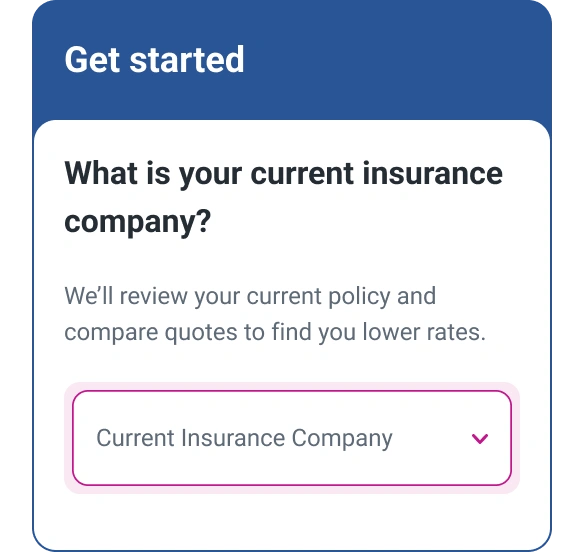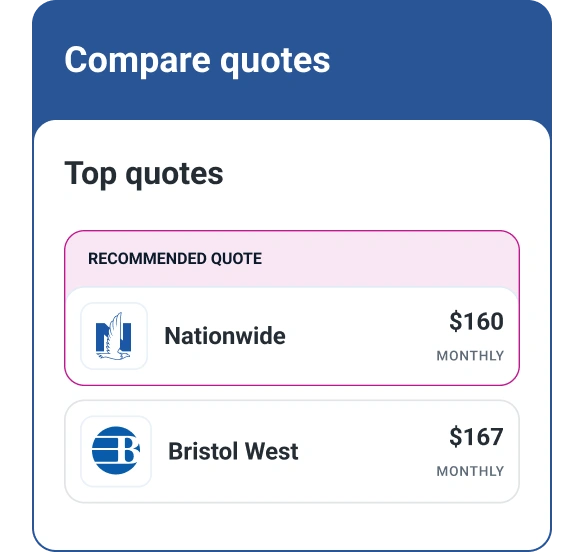How to Save on Car Insurance: 9 Ways to Lower Your Rates
Quick Answer
You can save money on car insurance by shopping around, downgrading your coverage, dropping unneeded extras, raising your deductible, looking for discounts and more.

Car insurance offers essential protection for your vehicle, but it can get expensive. Fortunately, there are plenty of ways to reduce the cost. You can save money on car insurance by shopping around, adjusting your coverage, raising your deductible and canceling unnecessary extras. Try these tips to pay less for car insurance.
1. Look for Discounts
Insurance companies offer a wide range of car insurance discounts. Some of the most common include:
- Good student discounts for maintaining a certain grade point average in high school or college
- Senior discounts, which typically apply to accident-free drivers 55 and up
- Safe driving discounts may apply if you've taken a defensive driving course or gone a certain number of years accident-free
- Affiliation discounts for members of certain organizations, current or former military service members, federal employees or employees of certain organizations
- Payment-related discounts for paying your annual premium upfront or setting up automatic payments
- Digital discounts for getting a quote online, signing documents online or receiving documents and statements digitally
2. Compare Prices
At least once a year, review your existing auto insurance and get quotes from other insurance companies to see if there's a cheaper option. Be sure to compare the same coverage levels and deductibles from one company to another. If you find a better rate, contact your insurance company to see if they're willing to match it. You might be able to save without switching insurers.
3. Raise Your Deductible
The deductible is how much you pay out of pocket whenever you have a claim before your insurance coverage pays out. Deductibles may range from $0 to $2,500 or so. Increasing your deductible can lower your car insurance rate, but will cost you more in case of a claim. Before raising your deductible, consider the value of your vehicle and the size of your savings account. Opting for a bigger deductible could mean shelling out thousands of dollars if you ever file a claim. You can build a financial cushion for this by stashing the money you save in your emergency fund.
4. Reduce Your Coverage
If you have an older car that's paid off and not worth much money, you might save on your premiums by dropping collision and comprehensive coverage. Collision coverage pays to replace or repair your car if it's damaged due to a collision while driving. Comprehensive coverage pays if your car is stolen or damaged when you aren't driving. Both are typically included in standard car insurance and are limited to the value of your car. If your deductible is $500 and you total a car worth $2,000, insurance would only pay $1,500. It might make more financial sense to cancel collision and comprehensive coverage and put the savings toward a new car.
5. Cancel Unnecessary Add-Ons
Your car insurance could come with extras you aren't even aware you're paying for. Review your policy, looking for add-ons you may not need. These may include:
- Rental reimbursement coverage that pays for a rental car while your vehicle is being repaired for a covered loss
- Windshield replacement coverage that repairs or replaces windows and windshields with a low deductible or no deductible
- New-car replacement insurance that replaces a car totaled within a certain number of years or miles with an equivalent new car
- Roadside assistance coverage if your car breaks down on the road
Some add-on coverage may be worth keeping, depending on your needs. For example, if you don't belong to another roadside assistance program, you may want this coverage.
6. Consider Usage-Based Insurance
Since driving less often means you're less likely to have an accident, usage-based auto insurance offers lower rates to customers who drive less than the average. You may qualify if you drive under 12,000 miles annually, although each insurer sets its own standard. Low-mileage insurance requires reporting your odometer reading regularly or, in some cases, installing a tracking device in your car. A related option, pay-per-mile insurance, charges a base premium per month plus a per-mile assessment for each mile you drive.
7. Choose the Right Vehicle
Buying a new car and hoping to keep your insurance down? You might get a discount just for having a new car, or you could save even more by choosing a certain type of car. For example, some insurance carriers offer lower premiums for alternative-fuel vehicles, including electric cars and hybrids. You might also save by opting for a car with factory-installed anti-theft devices or safety features such as alarms, tracking systems, air bags or anti-lock brakes. For example, Geico says an air bag can save you up to 23%.
8. Bundle Your Policies
Insuring more than one vehicle with the same insurance company generally reduces your premiums. You'll also typically get a discount if you purchase multiple types of insurance from the same carrier. This practice, such as buying homeowners, renters or life insurance along with your auto insurance, is called bundling.
9. Improve Your Credit
Most states allow the use of credit-based insurance scores when setting auto insurance premiums. Unless you live in California, Hawaii, Maryland, Massachusetts, Michigan, Nevada, Oregon or Utah, insurers may check this credit score to estimate your likelihood of filing a claim. Credit-based insurance scores are calculated using information from your credit report.
Although you can't easily check your credit-based insurance score, checking your regular credit score can give you a good idea of where you stand. Review your credit report to ensure it's up to date and take steps to improve your credit score, such as paying bills on time and bringing late accounts current. These moves can also help boost your credit-based insurance score, which might mean paying less for car insurance.
The Bottom Line
Paying car insurance premiums will probably never be your favorite activity, but following the steps above can ease a bit of the sting. Evaluate your car insurance needs, assess your budget and consider which ways to save might work for you.
Don’t overpay for auto insurance
If you’re looking for ways to cut back on monthly costs, it could be a good idea to see if you can save on your auto insurance.
Find savings

